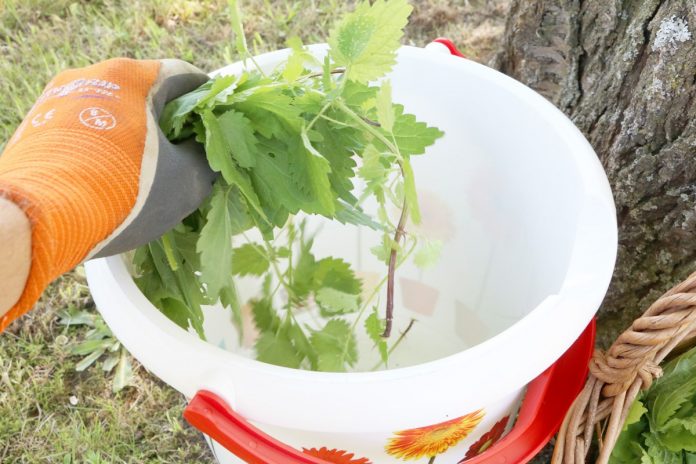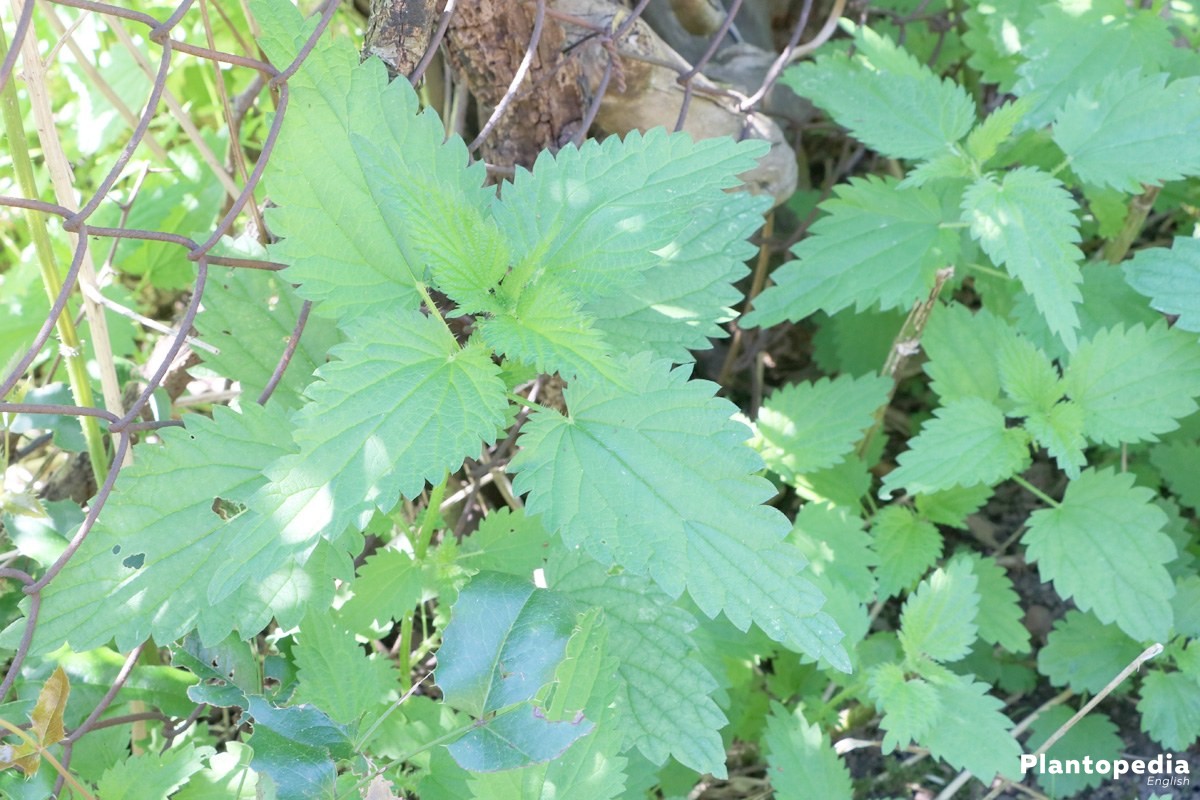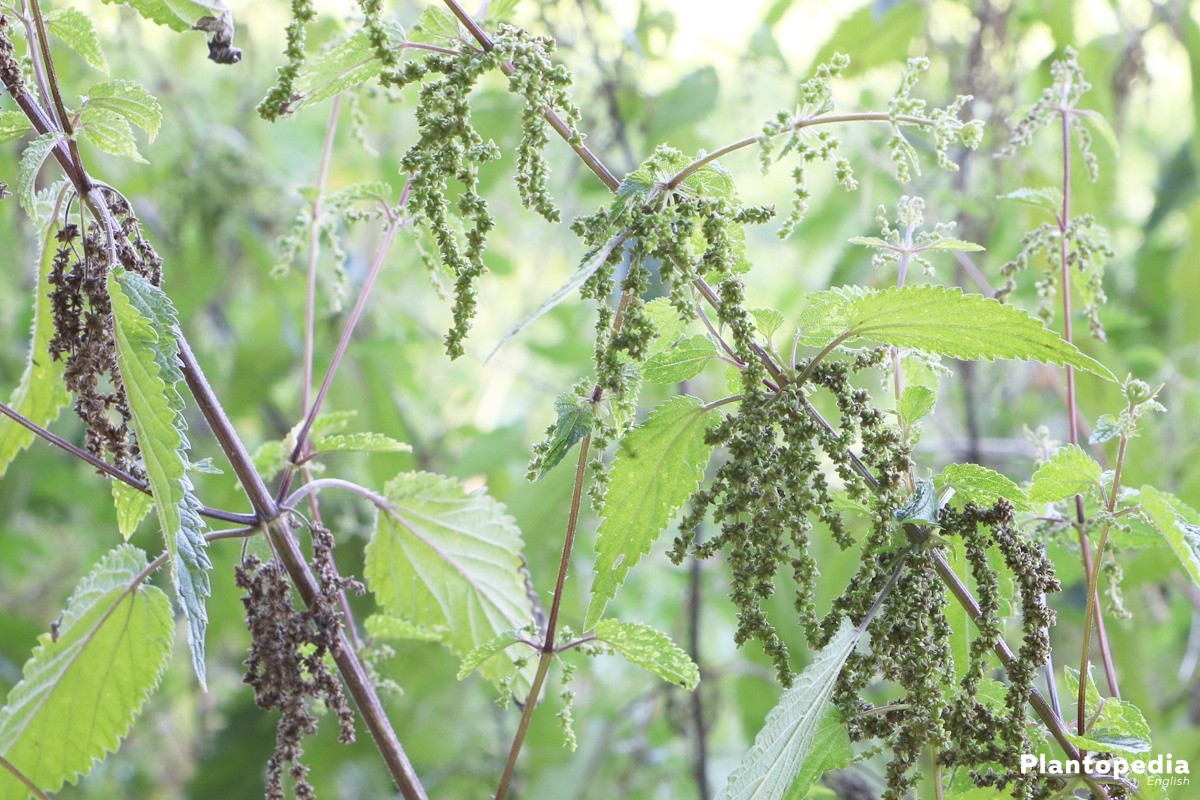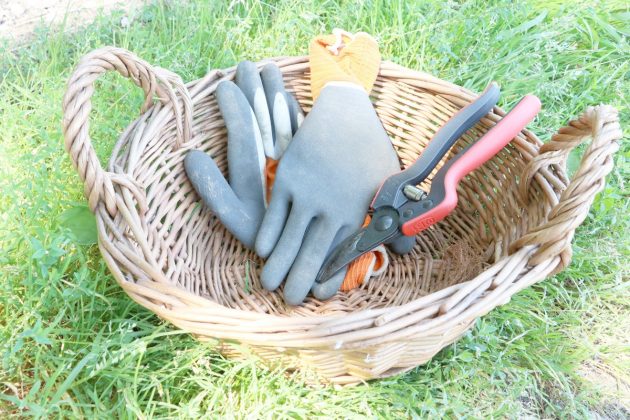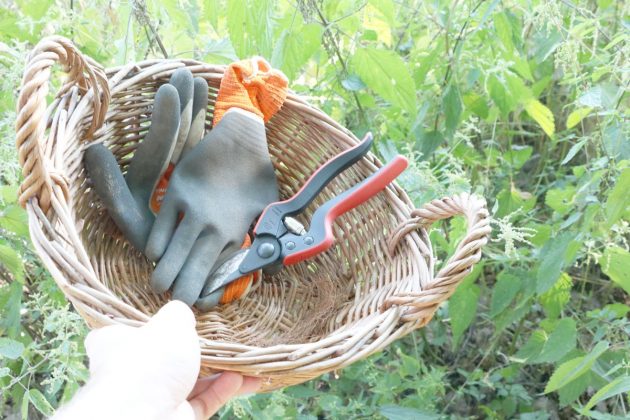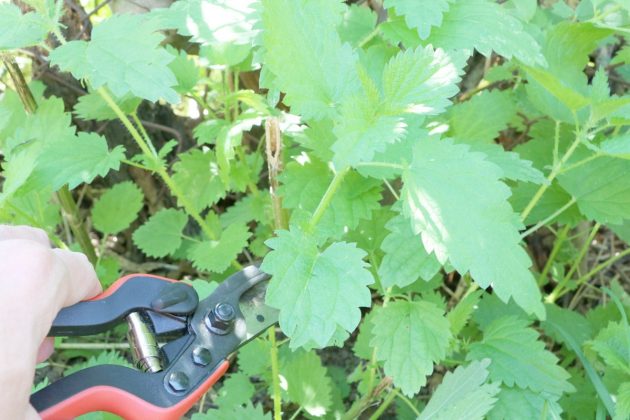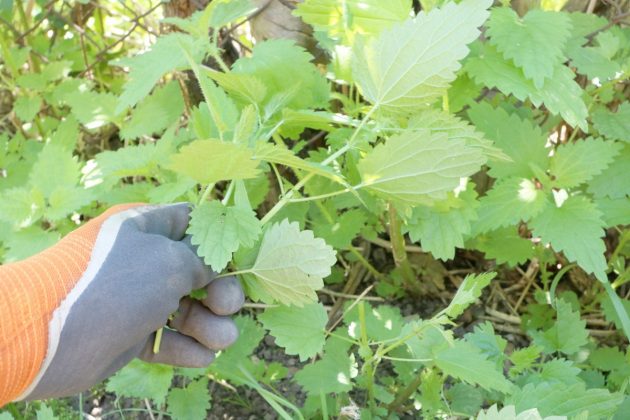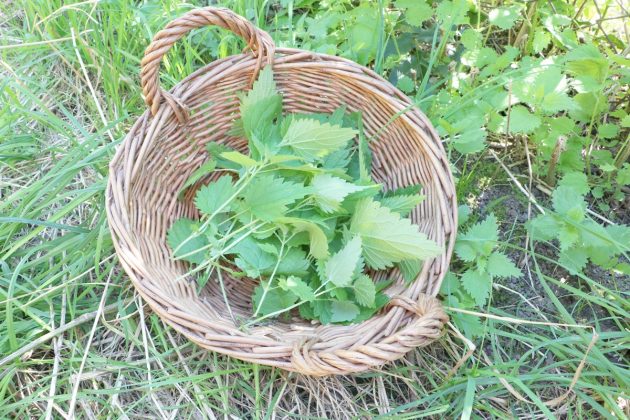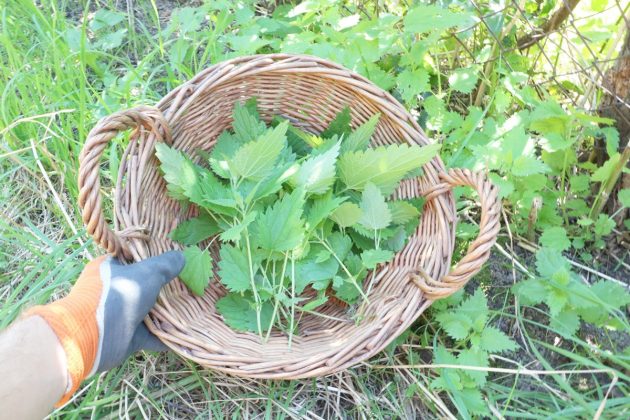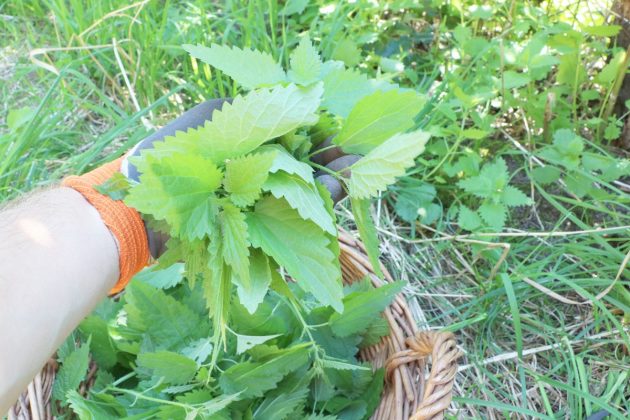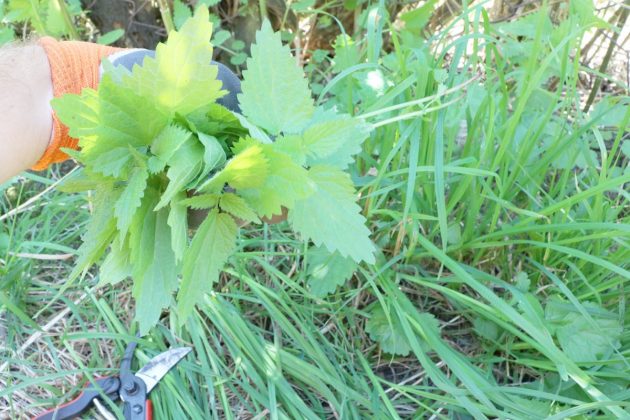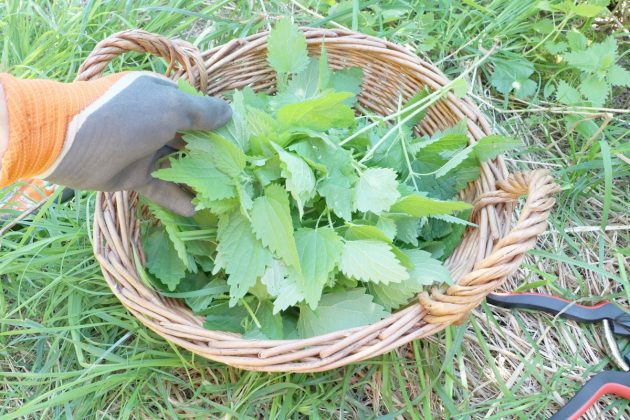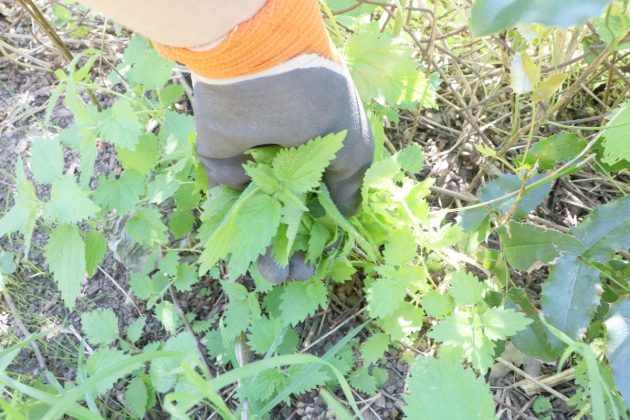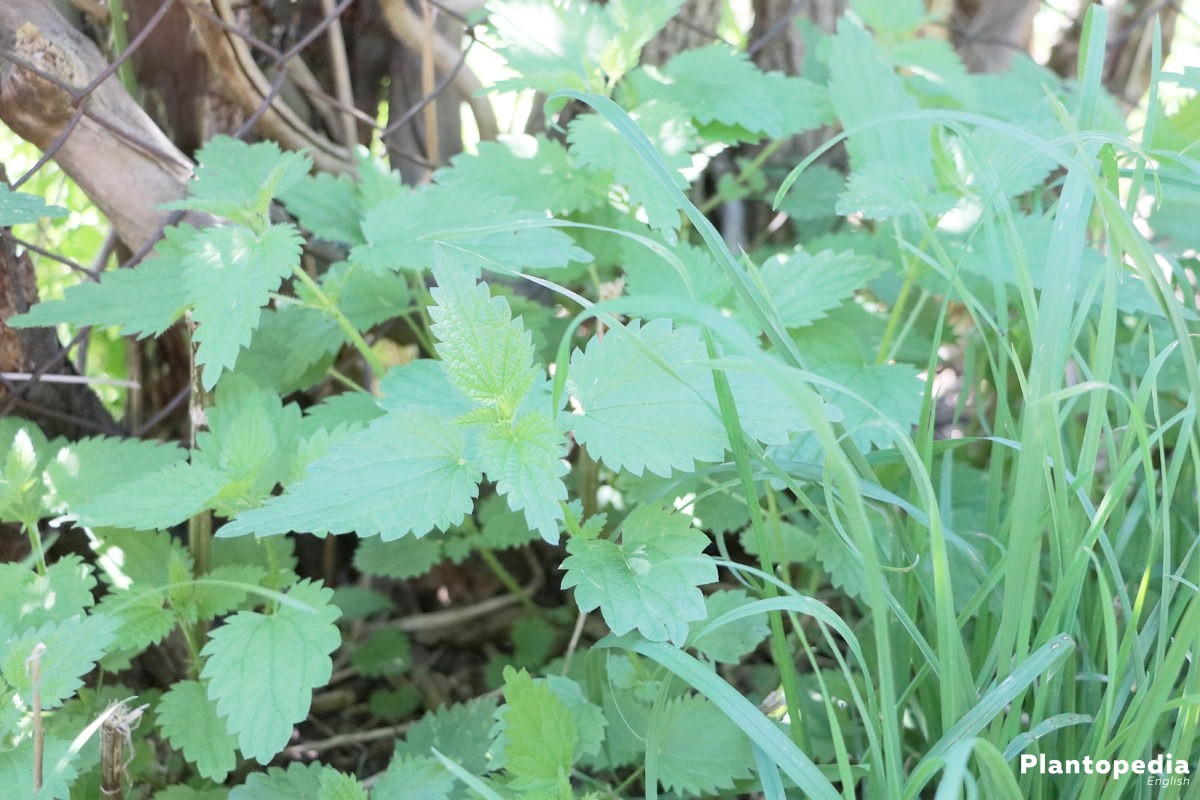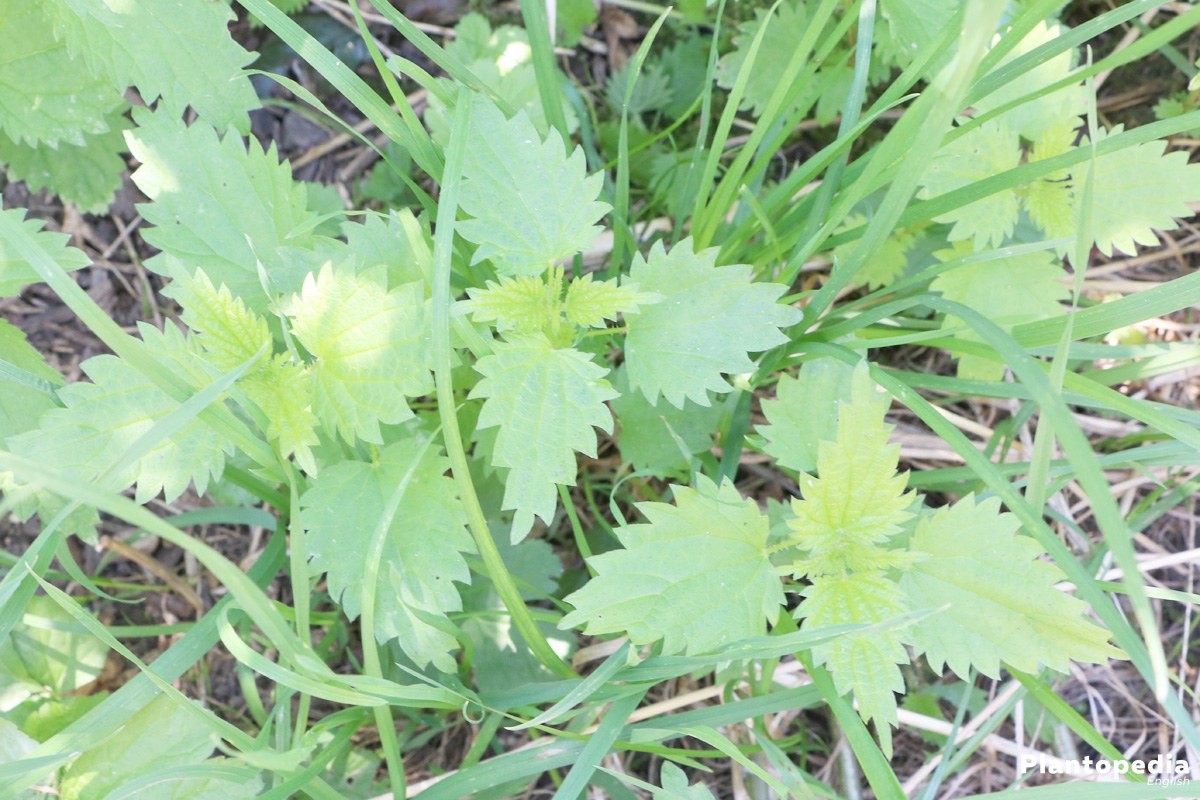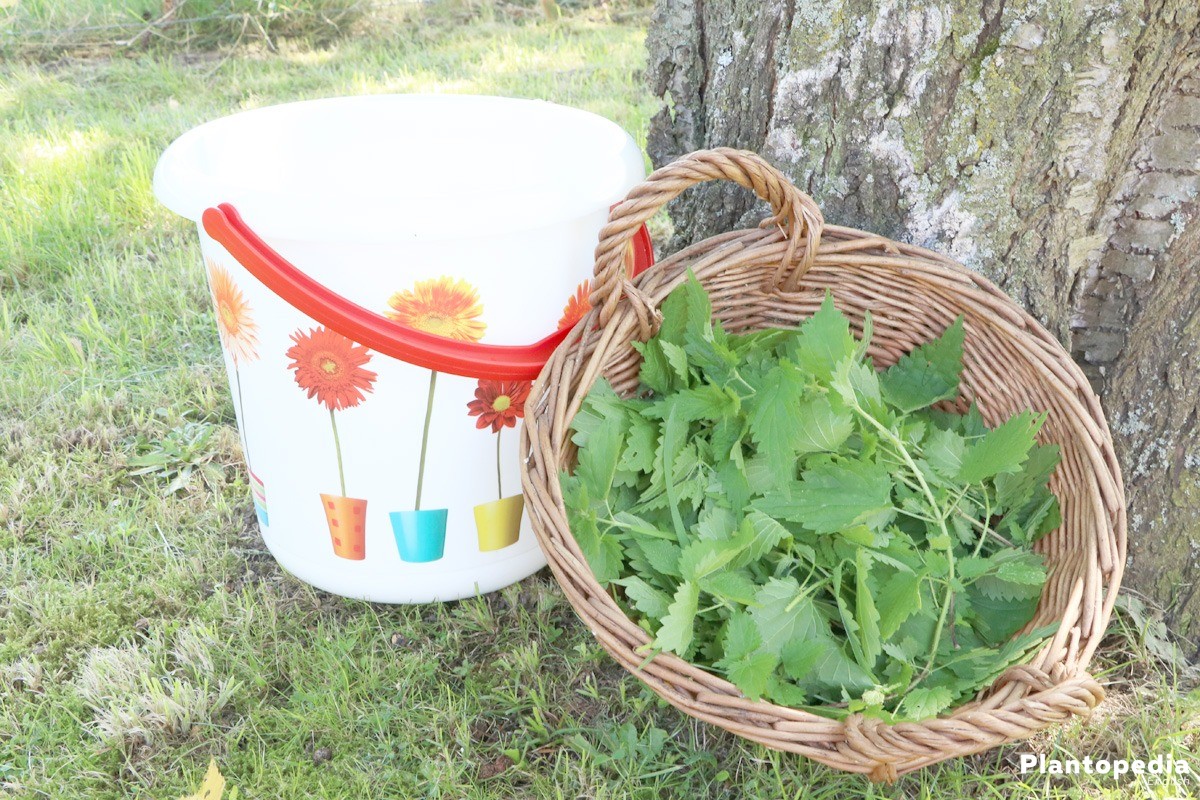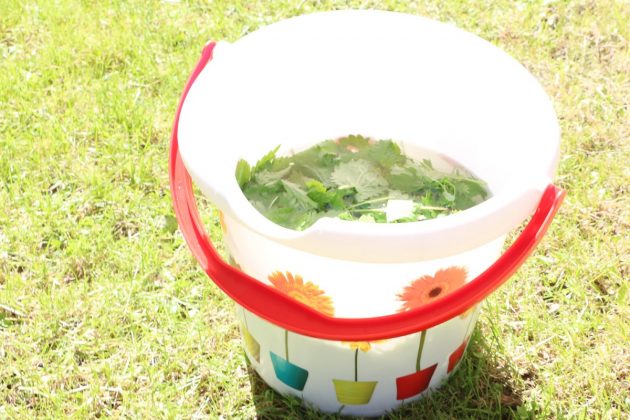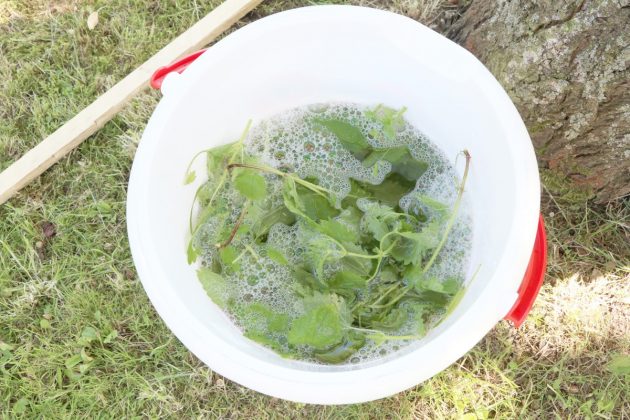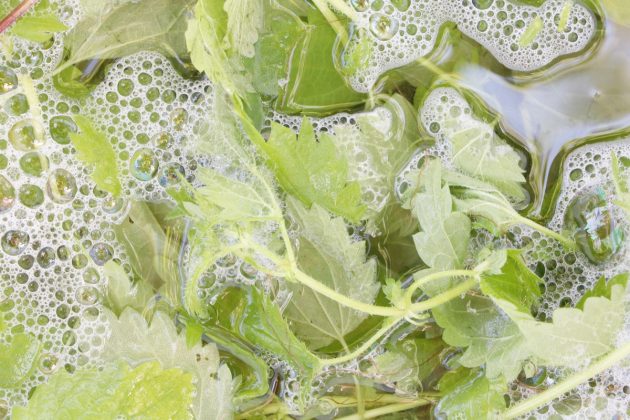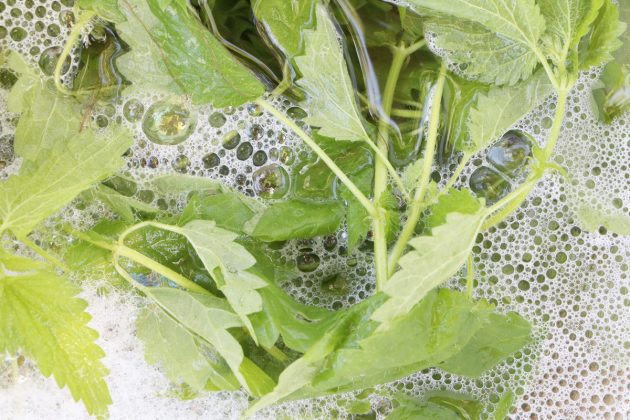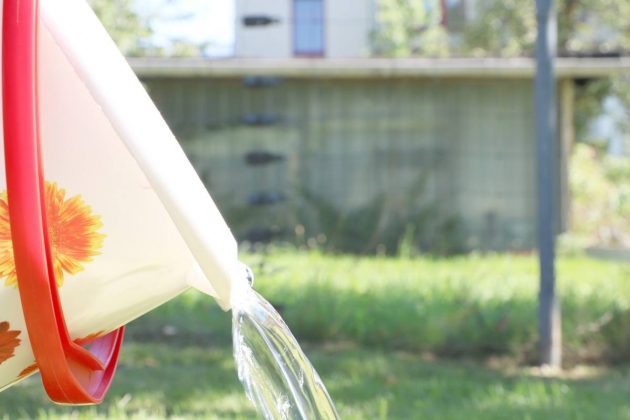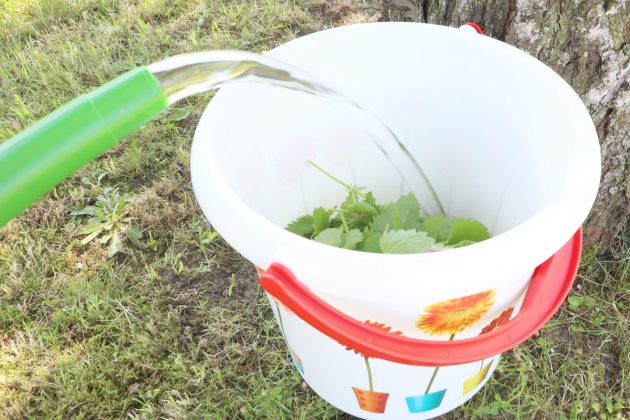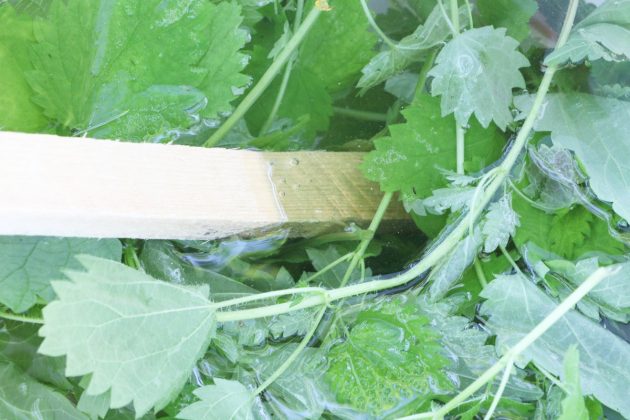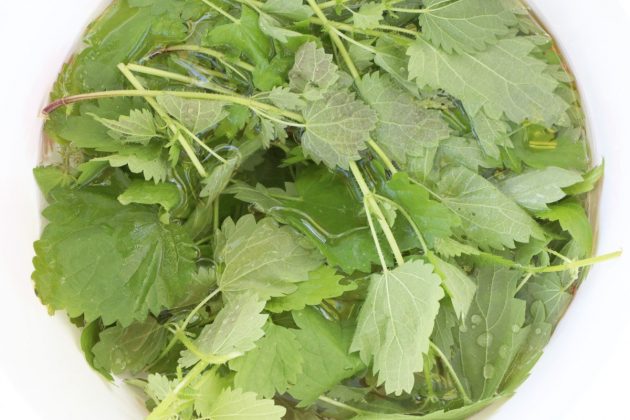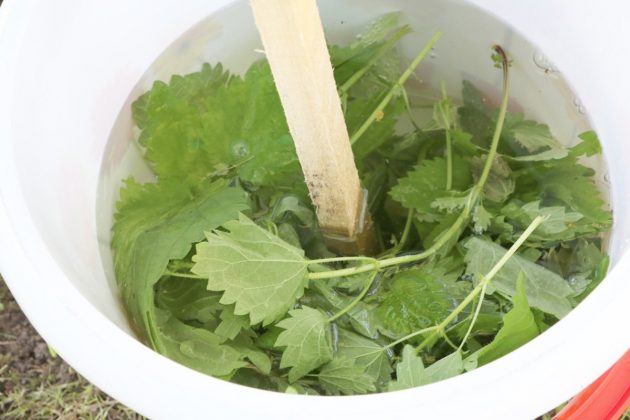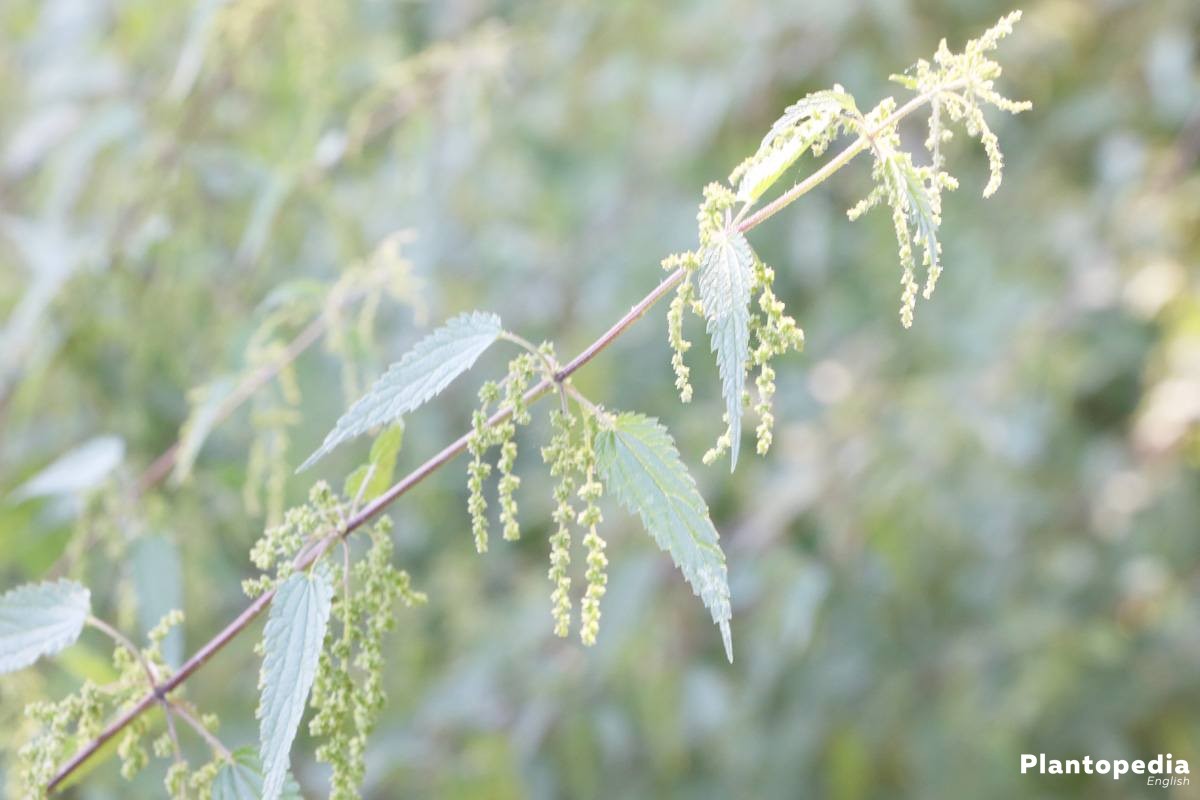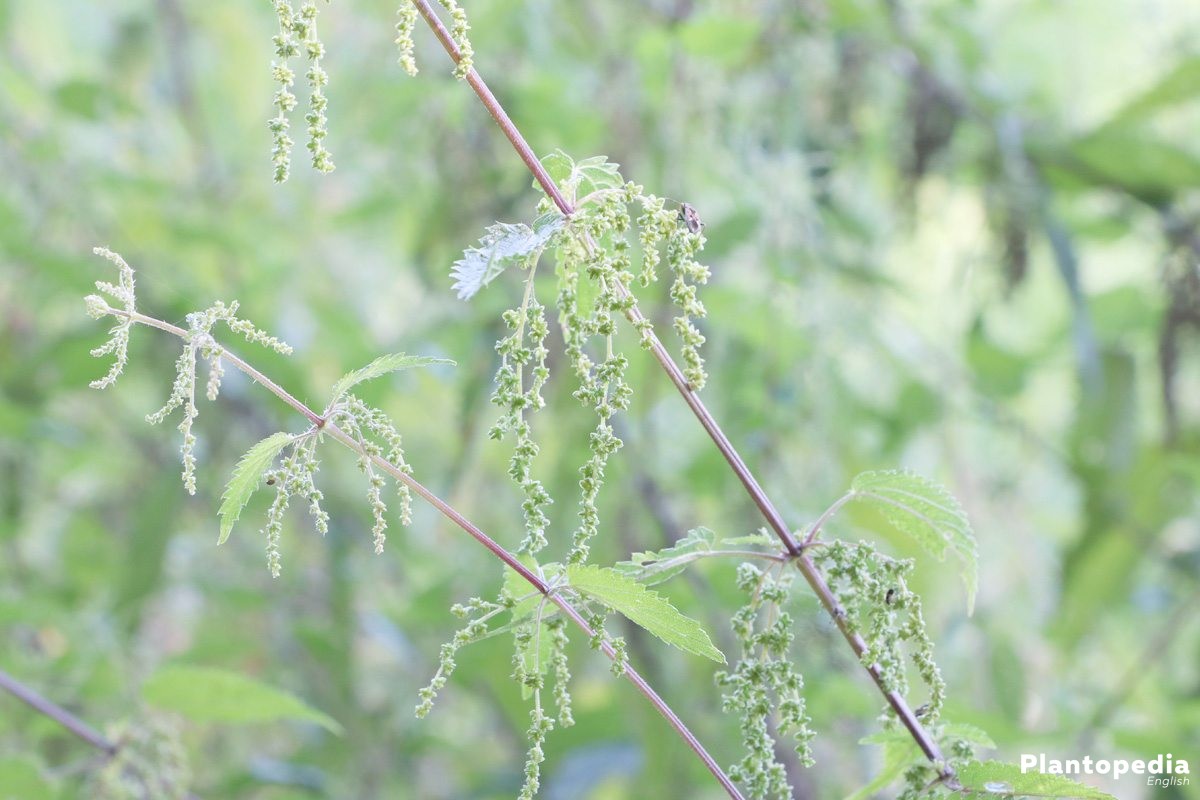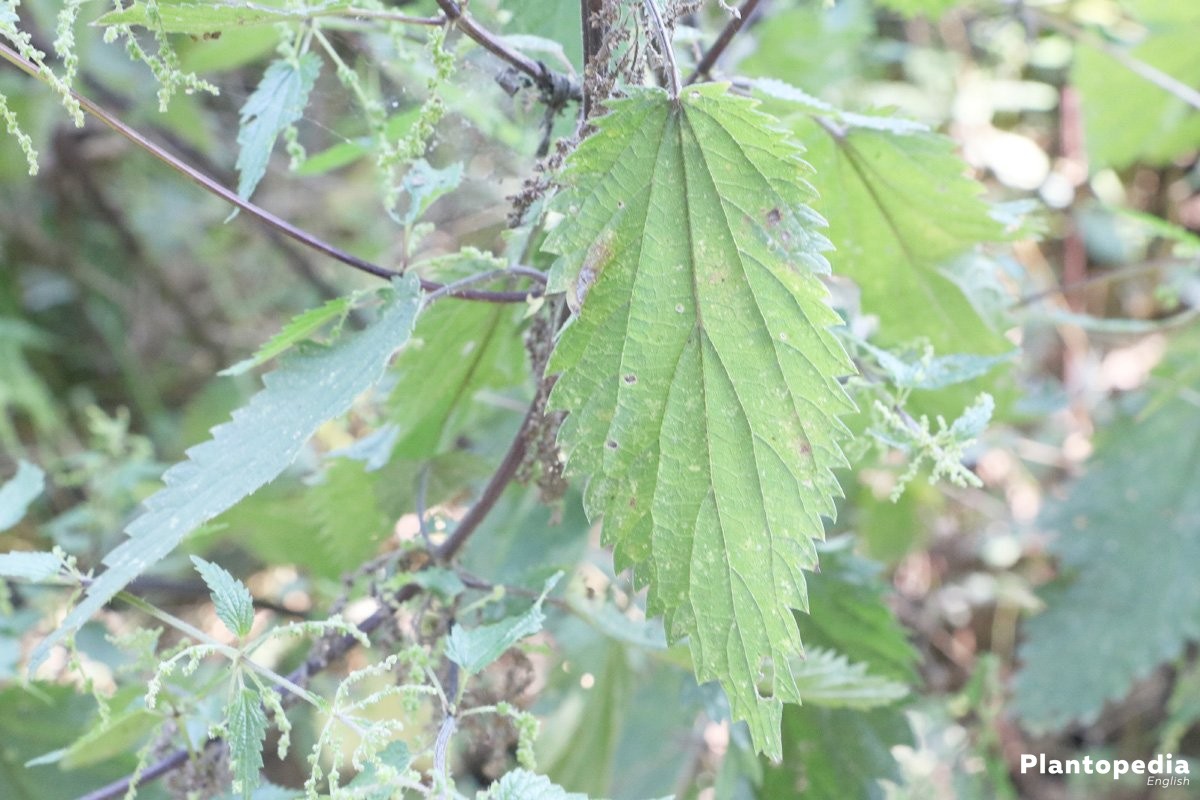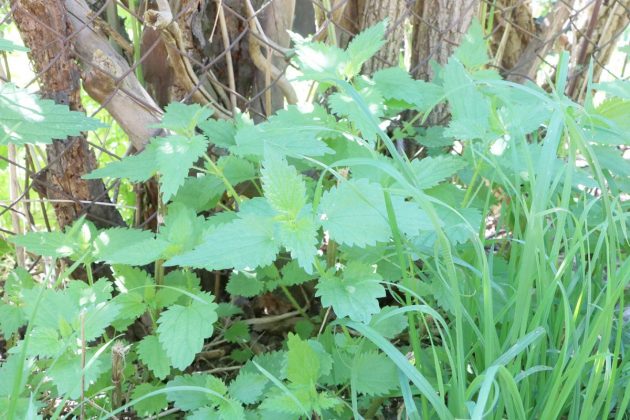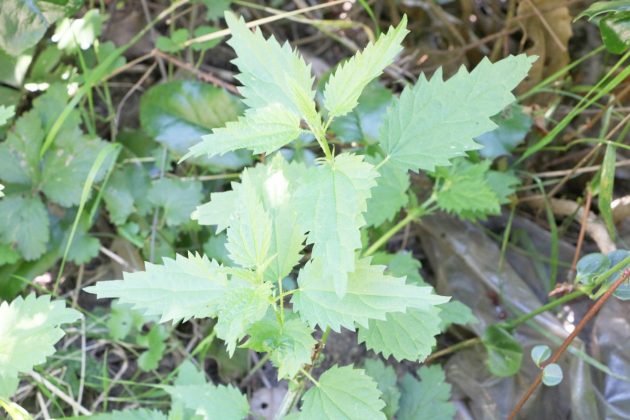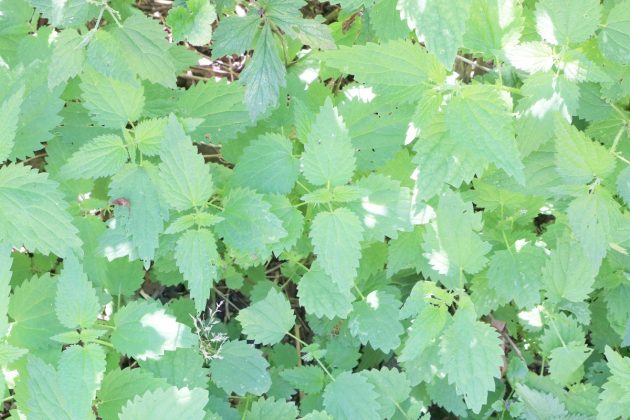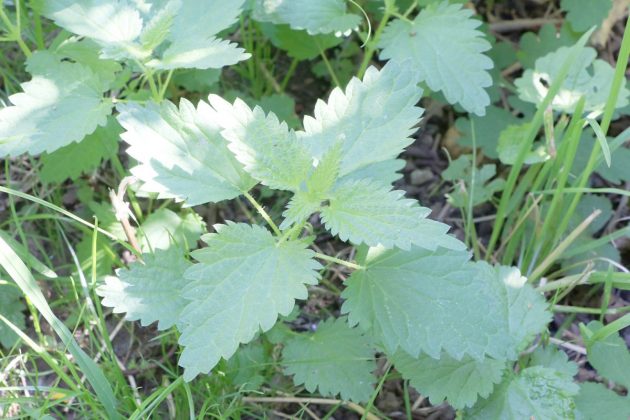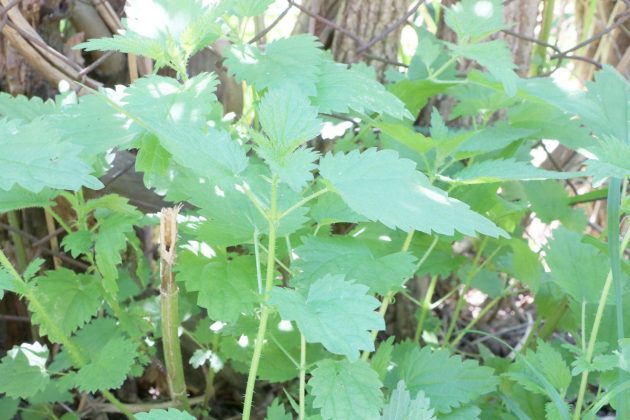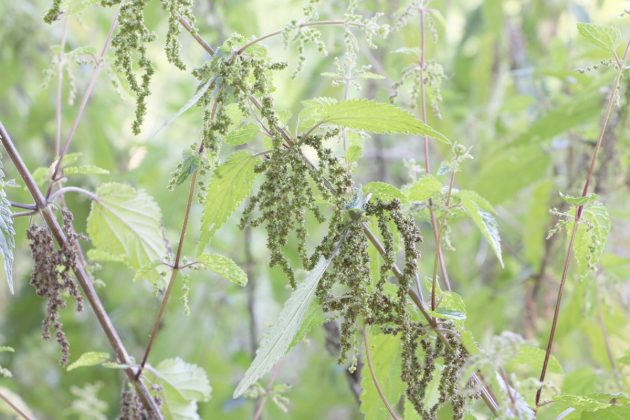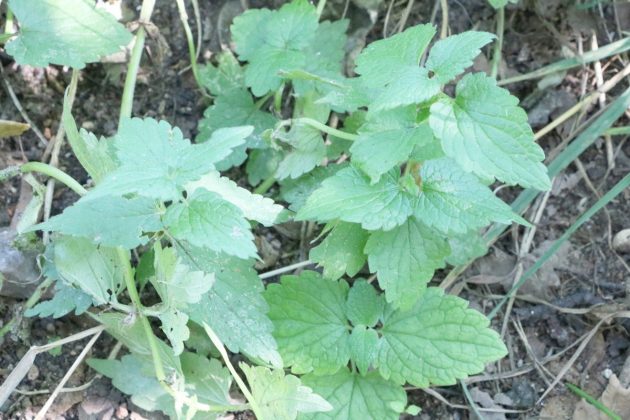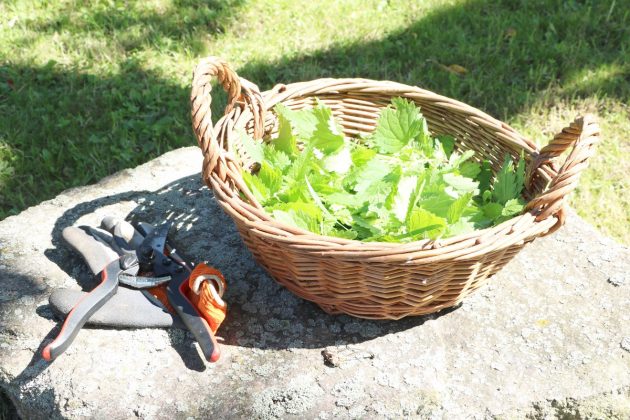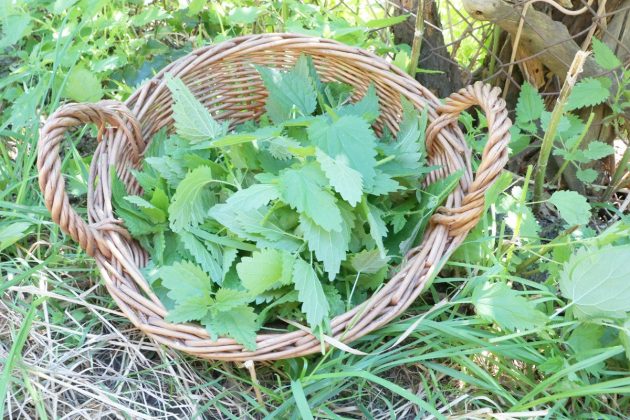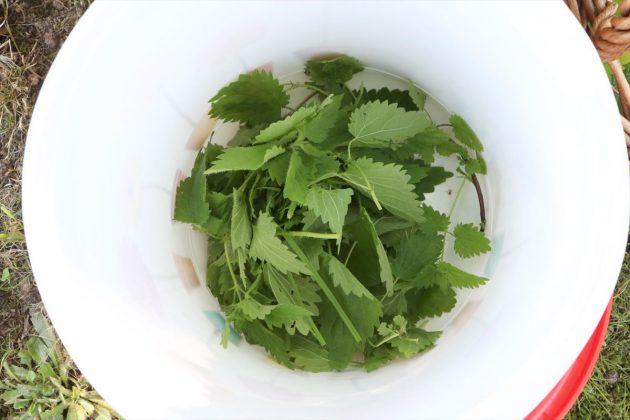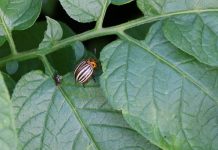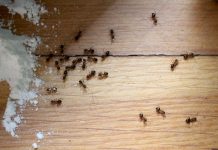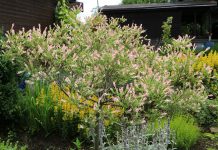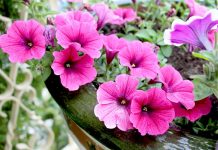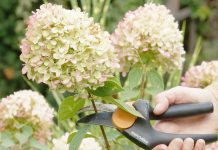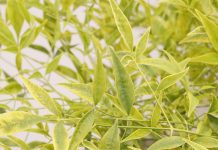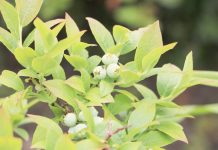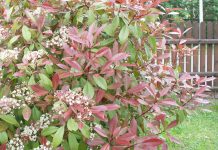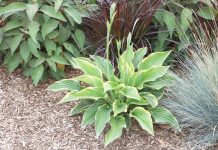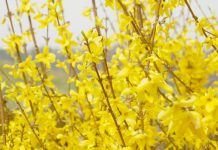Stinging nettle manure is highly regarded as a mild plant protector and biological fertilizer in an ecologically farmed hobby garden. Prepared as a swiftly effective brew, it fights widely spread parasites found in the garden attacking the valuable wild plant like aphids. In order for the flexible natural remedy to fully take effect, it is important to properly utilize it. This instruction will explain in detail how to properly produce stinging nettle manure.
Hobby gardeners are relying on the concentrated force of stinging nettle manure in ecologically ornamental and vegetable gardens in order to strengthen their crops and to supply them with nutrients as well as to fend of diseases. The herbaceous plant renders, thanks to their valuable ingredients, chemical compounds irrelevant.
The unpleasant stinging hairs are being used for its multitude of virtues. In order to use the natural permeability of the natural remedy, you should have a vat standing ready. The effectiveness of the mixture is decidedly dependent upon a successful mixture of ingredients and the fermentation process.
Brew, manure?
Contents
Where lies the difference between brew and manure?
When producing brew and manure from stinging nettles, the time factor is the decisive variable. This means in detail, that a brew with the usage of boiling water has to be prepared within 2 minutes and should be ready for application after additional 24 hours. Opposed to this, the production of manure, on the basis of cold water – takes approximately 14 days for production.
Focusing on the significant difference in time it is obvious, that manure clearly trumps brew concerning effectiveness. Stinging nettle manure is thus solely being used in a diluted concentration, whereas brew is being administered without dilution.
Harvesting
Harvesting the stinging nettle
The little stinging nettle (Urtica urens) as well as the big stinging nettle (Urtica dioca) are the perfect ingredient for the production of brew and manure. The ideal time for the harvest lies between May and July, as long as the plants are not yet blooming. As the seeds are effortlessly surviving every form of production you can leave blooming or withered stinging nettles out of your consideration. If both varieties thrive in the catchment area, the smaller plant will be pushed into the focus as it seems more intensive.
Please do not miss to put on gloves as not to come in contact with the stinging hairs. Pick the leafs from the stems to collect them in a nearby basket. In order to be able to produce, if needed, stinging nettle brew or stinging nettle manure in late summer, a part of the harvest should be dried and be stored in a dark container.
Production brew
Instruction for stinging nettle brew
In order to solve a cultivation problem short term, like the healing of leaf chlorosis or the infestation with leaf lice, stinging nettle brew seems like an effective substitute in the event there is no fermented manure available for usage. If you follow this instruction, the usage can begin within the course of one day.
Required materials and ingredients:
- 500 g fresh stinging nettle leafs
- 5 l Water (ideally filtered rain water)
- 1 fireproof container (no metal)
- 1 fast cooker or water kettle
- 1 kitchen sieve
- 1 kitchen spoon
Instead of using herbs, you can use 75 to 100 gram of dried stinging nettle leafs, without having the effectiveness suffer from it.
Instruction
As soon as the materials and stinging nettles are ready, the actual production happens within a few minutes.
This is how it is done:
- fill the fireproof, non-metallic container with fresh or dried herbs
- make the water boil in the fast cooker or water kettle
- stir for a while with the cooking spoon
Let the brew stand with the lid on top for 24 hours. Subsequently let the water herb mixture run through the kitchen sieve. Filled in a hand sprayer or a watering can, the stinging nettle brew can be used undiluted. Resourceful hobby gardeners are letting leftover leafs dry to spread them in ornamental or vegetable gardens as mulch.
Production manure
Instruction for stinging nettle manure
We recommend, in light of the time consuming production of stinging nettle manure, to create a supply in a great vat in May or June, as the mixture is lasting for many months. Aside from metal, the container be made from manifold materials like wood, plastic, stoneware, ceramic, glass or clay. This is how you produce the manure.
Required Materials and ingredients:
- 1.000 g fresh stinging nettle leafs
- 10 l tap or rain watering
- 1 wood container, vat or bucket
- 1 wooden stick
- wire or a grate
- rock flour or betonite
- valerian, oak or chamomile leafs
If there is no fresh harvest available, you can use 200 grams of dried stinging nettle leafs as a substitute without any problems.
Instruction
It makes sense, to place the vat in advance at an adequate location. If you aspire towards producing a higher amount of plant brew, there is a high effort to surmount to transport the filled container.
This is how the preparation is being done right:
- place the brew container at a sunny, warm spot in the back area of a gardener
- crush the stinging nettle leafs and stack them up in the container
- fill up sufficiently with water as to expose an edge of 5- 8 cm
- strongly stir the mixture with a wooden stick
- a to prevent animals falling into it, cover the vat with a grate or wire mesh
The container should not be closed airtight. In order for the fermentation process to occur, air and liquids have to react with one another. Inside of 2 to 3 days, the formation of foam signalizes a successful fermentation procedure. An unpleasant smell with occur simultaneously, because of which a location with a sufficient distance from the house or terrace is being recommended.
Treatment during the fermentation
At sunny, warm locations, the desired decomposition of stinging nettles takes approximately 14 days. In this time period it is important, to stir the brew once or twice daily. By doing this you can keep the process of conversion going which takes place with a multitude of microorganisms.
A vast majority of the invisible assistants needs a supply of oxygen and predominantly stays at the surface of the brew. With the proper stirring technique you can effectively support the work of the microorganisms.
This is how it is done:
- move the wooden stick along the inner edge
- as soon as a funnel is forming in the middle, pull out the wooden stick
The stick should not decelerate the rotating herb brew, as they would be pushed down and eventually die due to a lack of oxygen. This deficit slows the process of fermentation and simultaneously promotes the growth of the intensive brew stench.
Prevent foul smell
A proper stirring technique alone is not sufficient to prevent the intensive brew smell. With the help of the following steps you can influence, that the air in the periphery does not get polluted.
- before every stirring, add some herb brew or rock flour or betonite (clay mineral powder)
- additionally stir the leafs of chamomile, oak or baldrian into it
- ideally install an aquarium pump near the bottom of the container
The higher the level of oxygen in the fermenting liquid, the lower the occurrence of the smell. By installing an aquarium pump at the bottom of the container, you can solve the problem as well and just as easily. In order to prevent swimming stinging nettles to clog the device, you can fill leafs into a back with air and water permeable material, like with old drapes.
Completion and usage
Stinging nettle is finished as soon as the brown liquid ceases to foam. If the plant parts have not been in a net, pour the mixture through a sieve or remove the stinging nettles with a foam spoon. In order to counteract a secondary fermentation of the manure, a shady, cool location is advantageous.
Usage
Tips regarding usage
As part of the preparation as brew or manure, the water soaks in the valuable ingredients of stinging nettles, to supply it to the plants of the garden as a natural fertilizer, tonic or ecological fungicide and insecticide. We have summarized in the following overview the most frequent methods of usage for you.
Stinging nettle brew
Fighting parasites
In combination with boiling water, stinging nettle brew will have mobilized after 24 hours those antibodies which counteracts sucking or stinging parasites. If you observe on your plants an infestation of leaf lice, spider mites or thrips, then the brew already contains a high concentration of unsolved nettle toxins.
One will not have to wait long for a success if applied undiluted to the upper and lower sides of the infected leafs. In the early stage of infestation, one application can already be sufficient. Otherwise spray the stinging nettle brew with a distance of two days repeatedly.
Leaf fertilizing
If there is yellow or brown coloration occurring on your crops and the green leaf nerves sticking out, it is mostly due to leaf chlorosis. A surplus of lime in the substrate determines important nutrients, which will not find their way into the plant pathways and thus not transported to the leafs.
The actual cause for a surplus of lime in the ground should be analyzed and mended. This problem is usually occurring when plants with a preference for a sour pH value are being watered with hard tap water.
Stinging nettle manure
Stinging nettle manure produced in adherence to this instruction contains a strong load of valuable nutrients like nitrogen, sodium, potassium as well as trace elements and vitamins. Your ornamental and crop plants will profit from this, without the necessity of using chemical additives.
In light of the high concentration, plant manure should only be used in a diluted manner with the ratio of 1 : 10 for the watering can and 1 : 50 for a pressure sprayer. It is furthermore important to make sure, that the solution is not being spread under the condition of direct sun exposure or on dry earth.
Please adjust the dosage on whether you are dealing with a plant with low, moderate or strong nutrient demands. Even though you are holding with the stinging nettle manure a natural fertilizer in your hands, there is still the possibility of overdosing with the respective disadvantages. With some exceptions, crop plants welcome a dosage of the nourishing plant manure.
Only for the usage with salads, peas, cabbage or vegetables the usage of stinging nettle manure is not suited. On flower and blossom groves you should add the natural fertilizer merely onto the growth of buds, as the high level of nitrogen carries negative implications for the blossoming.
Acceleration of the compost rotting
It requires a lot of patience to wait for a self-grown pile of compost which supplies the desired organic solid fertilizer. The stinging nettle manure has proven useful when it comes to accelerating the rotting. It is being used, as an exception, in an undiluted state.
Now and then shower the compost pile with the flower manure, this way the composition proceeds faster as the first diligent microorganisms are being vitalized. The stinging nettle manure counts as an especially effective accelerator if you want to create a sour compost with foliage leafs.

